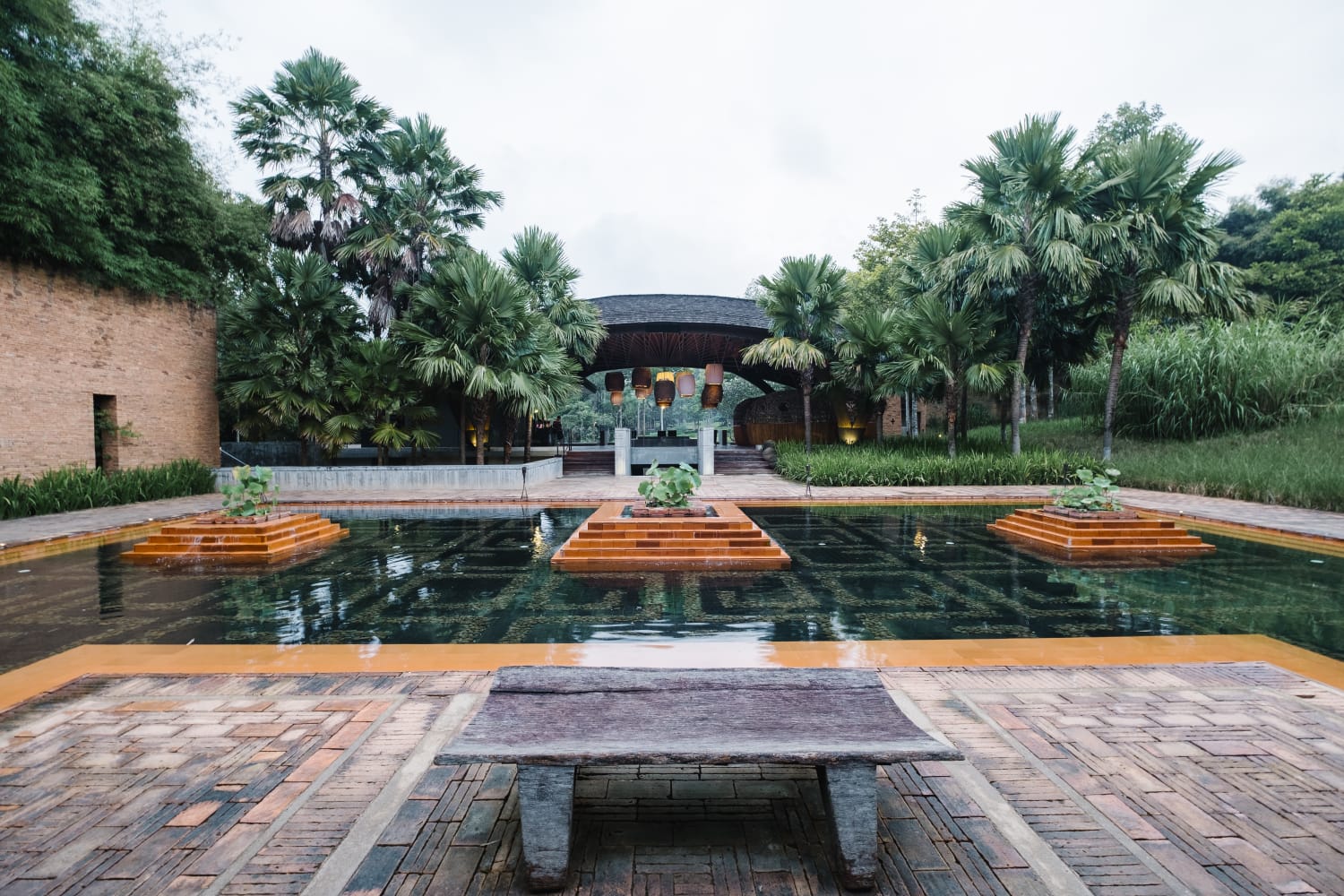Landscape design is the art and science of planning and designing outdoor spaces, such as parks, gardens, and public spaces, to create functional, aesthetically pleasing, and sustainable environments. It involves the careful consideration of a wide range of factors, such as site conditions, climate, topography, soil, water, and vegetation, among others.
The importance of landscape design lies in its ability to transform outdoor spaces into functional and beautiful environments that meet the needs of the people who use them. Some of the key benefits of landscape design include:
1. Enhancing the beauty of outdoor spaces: Landscape design can be used to create visually appealing outdoor environments by selecting appropriate plants, trees, and other elements that complement the existing surroundings and reflect the desired aesthetic.
2. Creating functional outdoor spaces: Landscape design can be used to plan and design outdoor spaces that are functional and meet the needs of the people who use them, such as parks, playgrounds, and public spaces.
3. Enhancing biodiversity and ecosystem services: Landscape design can promote biodiversity and ecosystem services by incorporating native plant species, designing rain gardens or bioswales for stormwater management, and incorporating other sustainable design elements.
4. Providing environmental benefits: Landscape design can help to mitigate the impacts of climate change by reducing the urban heat island effect, improving air quality, and reducing energy consumption.
5. Enhancing property values: A well-designed landscape can add value to a property by creating an attractive and desirable outdoor environment that can increase its appeal to potential buyers or renters.
Overall, landscape design is a critical component of creating sustainable and functional outdoor spaces that meet the needs of the people who use them while promoting environmental sustainability and enhancing the beauty and value of the surrounding area.

